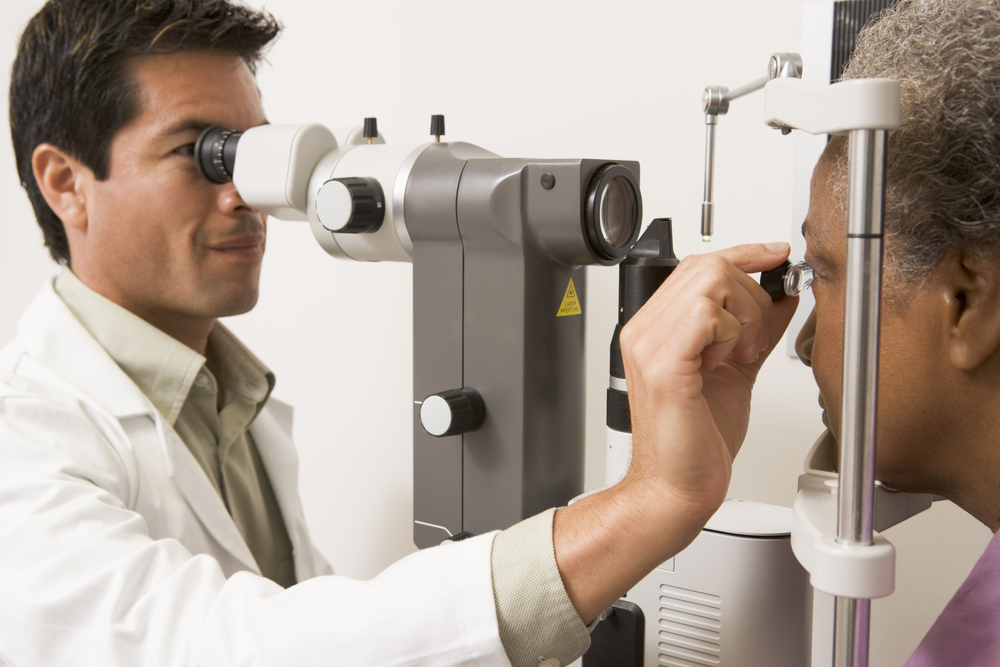Cataracts: What to Watch Out For
September 23rd, 2016

Cataracts most commonly affect elderly adults, especially those over the age of 60. They can make it difficult to perform everyday tasks such as reading, writing, driving, or simply watching television. Mature cataracts are visible from an outside perspective, giving the pupil a foggy, yellow tinged haze. Cataracts develop very slowly, eventually causing blindness. When thinking of cataracts, many people think of those hazy, visible cataracts. Not many people learn to recognize the causes and symptoms of cataract development.
Causes of Cataracts
Our eyes are mostly made up of water and protein. The protein is delicately balanced to keep the lens of the eye clear. However, as you get older this protein tends to stick together and onto the lens. As the cluster grows, it begins to obstruct vision and block out light. This is what is known as a cataract. There is no known cause of cataracts other than aging. Some researchers believe that smoking, sun exposure, physical trauma and genetics may play a role in cataract development.
Symptoms of Cataracts
- Cloudy and discolored vision– This symptom develops slowly until, left untreated, it affects the entire lens of the eye. Many people think that they just need a stronger glasses prescription, unaware that they have cataracts.
- Difficulty driving at night – One of the first symptoms some people notice is that they are having difficulty while driving at night. Sometimes, affected individuals will see halos form around lights.
- Double vision – Double vision in one eye happens to people with cataracts because the eye is already having difficulty focusing on an object. As the cataract becomes more developed, this symptom may subside.
- Sudden prescription changes – Changing prescription glasses over time is normal, but having changes in your prescription suddenly and frequently may be a signal that a cataract is developing.
Treatment of Cataracts
The only current treatment available for cataracts is through surgery. Cataract surgery is one of the safest surgeries today, especially with current technology. Modern cataract surgery involves the use of a femtosecond laser, such as the Catalys Precision Laser System, which is used at Dr. Danny Lee’s office in Huntsville, Alabama. The use of the femtosecond laser during cataract surgery means no blades are used on the eye. The Catalys Precision Laser System uses 3D imaging, which maps out each person’s unique eye shape with unparalleled accuracy. This allows Dr. Lee to make precise and accurate incisions.
The surgery causes little to no discomfort, and it is faster and safer than the traditional cataract surgery. If you have been diagnosed with cataracts, call today to set up a consultation with Dr. Lee!


